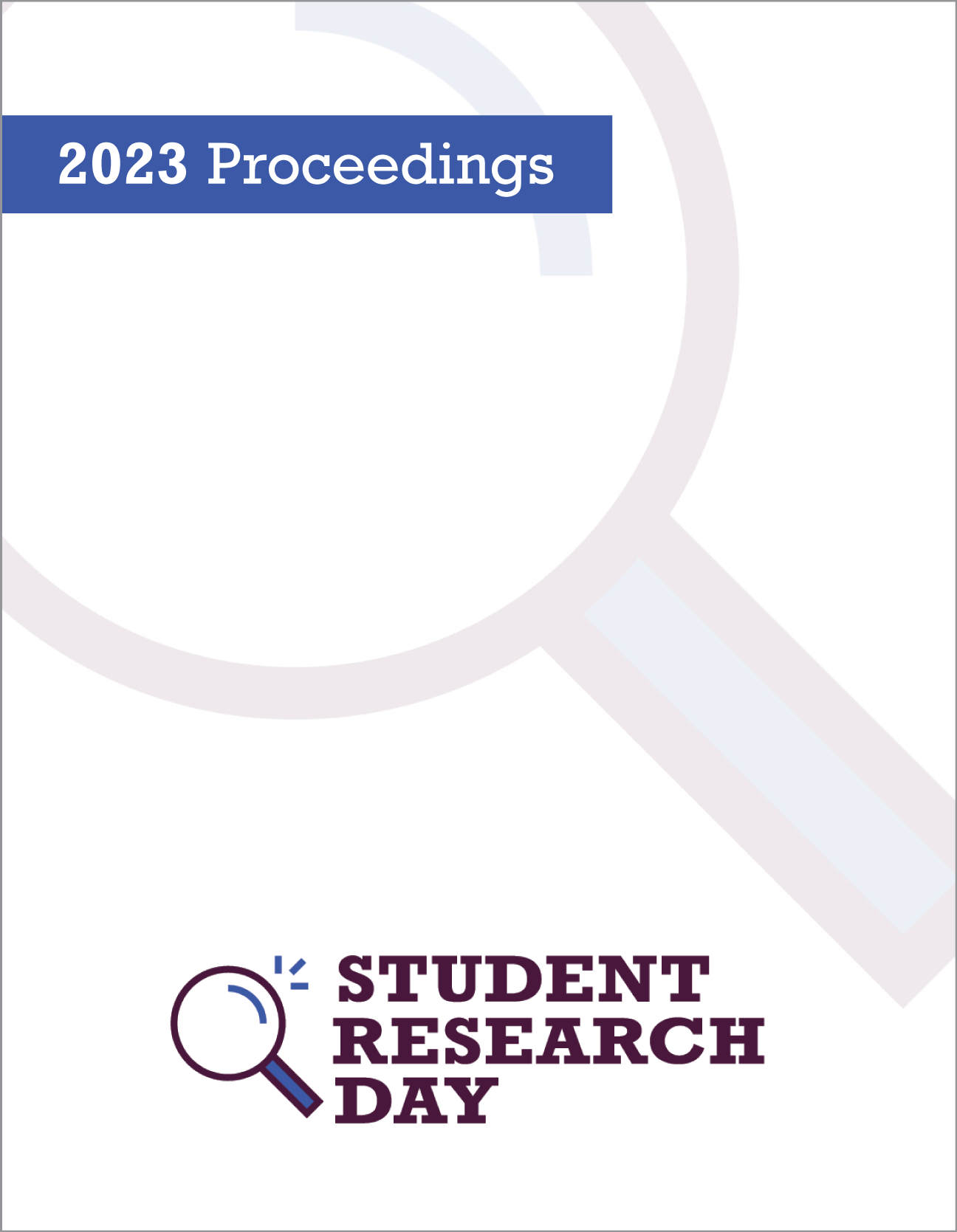What does diversity do? Exploring parent-child play engagement with loose parts to bridge the learning gap between home and early learning environments
Abstract
In Canada, childcare experiences are becoming increasingly diverse due to ethnically heterogeneous populations. The vitality of having open attitudes towards diversity is a pressing need. Despite current efforts to address diversity in early learning environments, no magic formula exists for educators encountering new, unique, and culturally unique experiences. Effectively bridging the gap between the home and early childhood environments requires the collaboration of diverse learning styles, backgrounds, and traditions. Play with loose parts (a combination of various natural and fabricated materials, predominantly open-ended) can be a powerful tool for bringing diversity into play. In the study, we observed a variety of parent-child dyads and explored how parents with diverse backgrounds influence their play with their children with two sets of toys (loose parts versus percussion instruments). The goal was to explore parents' roles in their children's play and how cultural backgrounds impact engagement and duration of unstructured play. We address the question “How does diversity impact parent engagement and roles during loose parts play?” We evaluated parents’ ratings of their engagement and enjoyment of play. While many parents enjoyed playing with loose parts, some were unaware of what to do with the materials. The presentation will describe unique cultural patterns in loose parts play and incorporate the highlights of children's play experiences with parents reflecting on diverse backgrounds to support educators’ practices.
Faculty Mentor: Dr. Ozlem Cankaya
Published
Issue
Section
License
Authors retain any and all existing copyright to works contributed to these proceedings.



